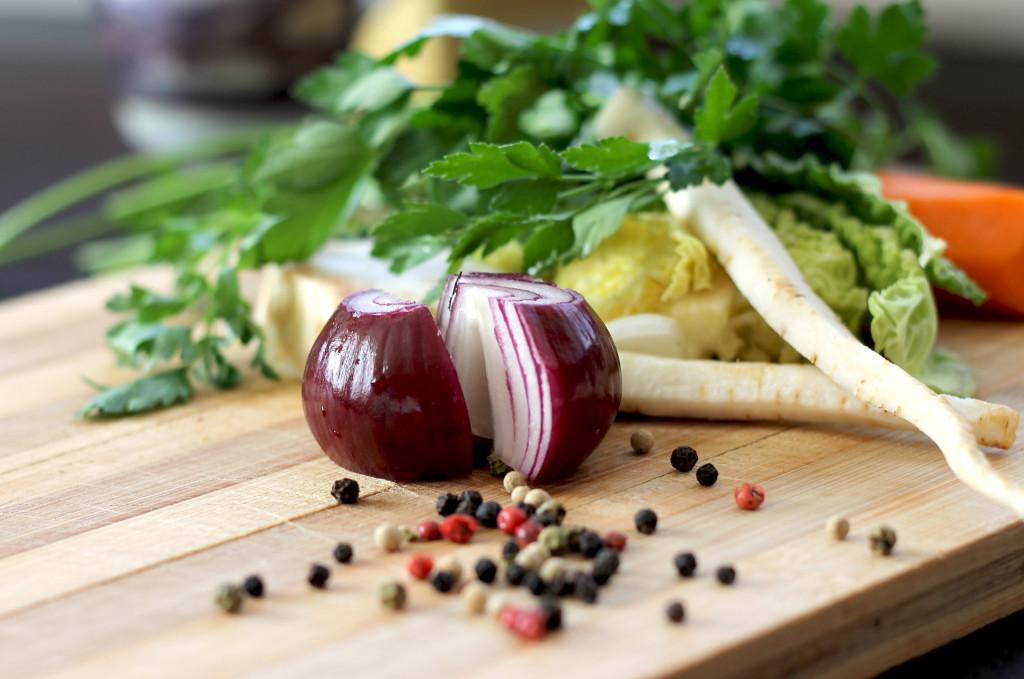As a nation we’ve become more resolute in making healthier food choices and food companies have taken note. They do a remarkable job of coming up with ways to get us to buy their products, many of which actually aren’t all that healthy. With so many options out there it’s hard to know how to make the best decision of what to choose. Unfortunately, nutrition labels aren’t always the most useful in helping us make the right choice.
There are a lot of products our there that claim to be healthy but really aren’t. Because everything you put in your body is not simply calories but pieces of information that instruct your body what to do, it’s critical we put the right information in. Here are some ways on how to read a label to serve your best interest.
1. Ingredient list
Whatever the first ingredient is means there’s the most of that in the package. If it’s bread, you want the first ingredient to be a whole grain. If the first ingredient of something is sugar (or anything ending in ‘ose’) it means that it’s mostly sugar and not worth buying. Whey products are dairy products, so these may cause congestion and inflammation if you’re sensitive to dairy. Also, if there are lots of ingredients that you can’t pronounce, they’re most likely not what you want to be putting in your body. Try and buy things that have 5 or less ingredients, and make sure that you can recognize them
2. Sugar content
Packaged foods may seem harmless, but the truth is that a large amount of our sugar consumption comes unknowingly from packaged foods. Sugar causes inflammation, spikes your blood sugar, interferes with your hunger and satiety hormones, and is the devil to your skin. Read the sugar content on what you’re eating, and try and avoid anything with more than 8 grams of sugar.
3. Replacement sugars
Because people have taken note that sugar is the underlying cause of so many problems, we’ve found lots of nice replacements. Artificial sweeteners get to stay under the radar when it comes to the nutrition label, but they do the exact same thing to your body that sugar does, plus other scary things to your brain. Additionally, because they’re 200 to 2000 times sweeter than sugar, they mess with your tastebuds and skew your perception of natural flavors. Avoid them at all costs. These include sucralose, aspartame, high fructose corn syrup, and saccharin. There are tons of options out there that are sweetened with fruit sugars and are much less harmful to your system.
4. Avoid anything that says fat or calorie free
Something may be calorie free outside of our bodies, but the processes that take place inside of our systems after we ingest them causes us to put on weight. Remember food is not just calories, it’s information. Stick to pure foods that are full of healthy calories. These keep us nourished, satiated, and vibrant.
5. Trans fat + hydrogenated oils
Trans fats have been outlawed in most of the world, but for some reason the US just began preliminary stages of a ban here at the end of 2013. This means that although trans fats are now illegal, they’re still in products lining the aisles of your local supermarket.
Hydrogenated oil is used to prolong the shelf life of packaged foods like cakes, pizzas, and TV dinners, and is one molecule away from plastic. There is no dose of it considered to be safe for human consumption. Additionally, if there’s hydrogenated oil in a food, but less than one percent, companies can write ‘No Trans Fats’ on their boxes. So, even if something says no trans fats but it’s packaged, please just flip it over and look for any ingredient that is hydrogenated. It is not worth eating and is a major source of the sickness that so many Americans suffer from.
Photo By Webvilla


Write Your Comment
Leave a comment